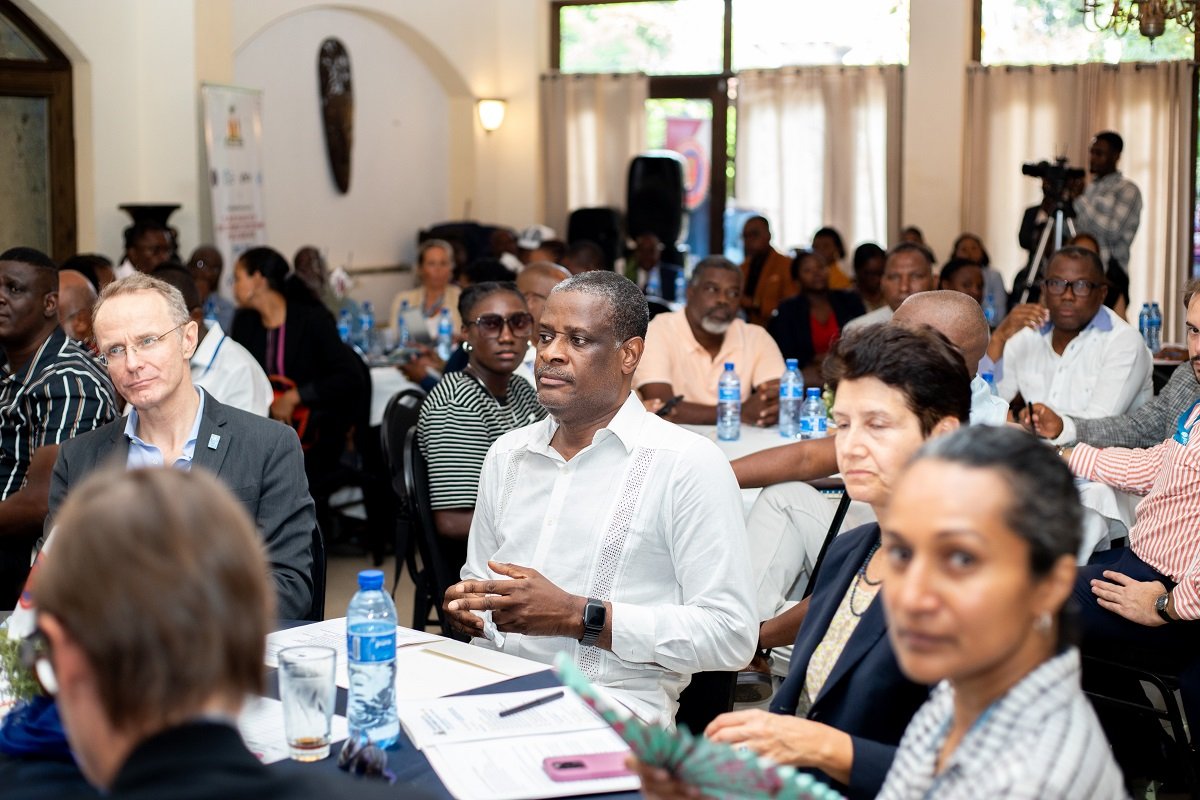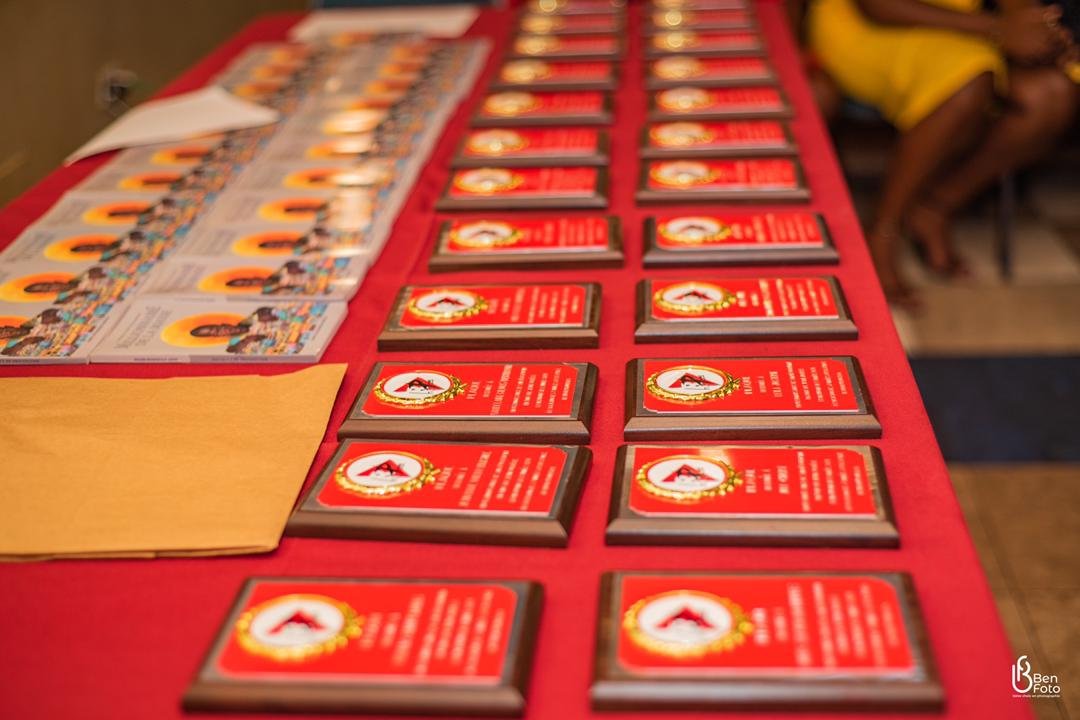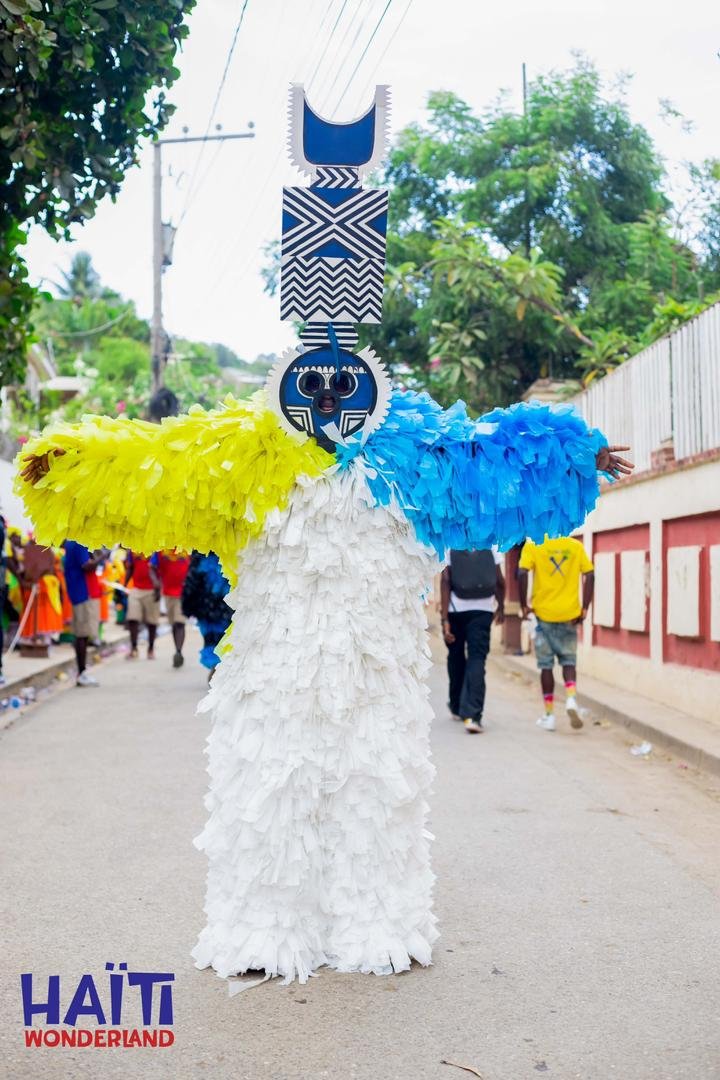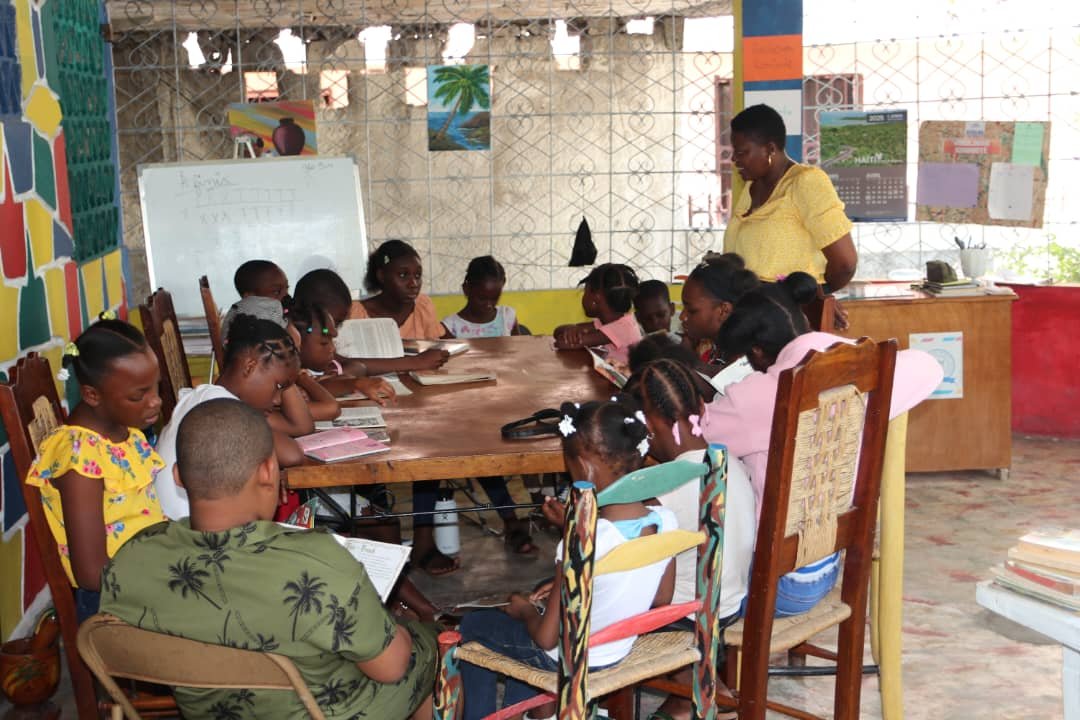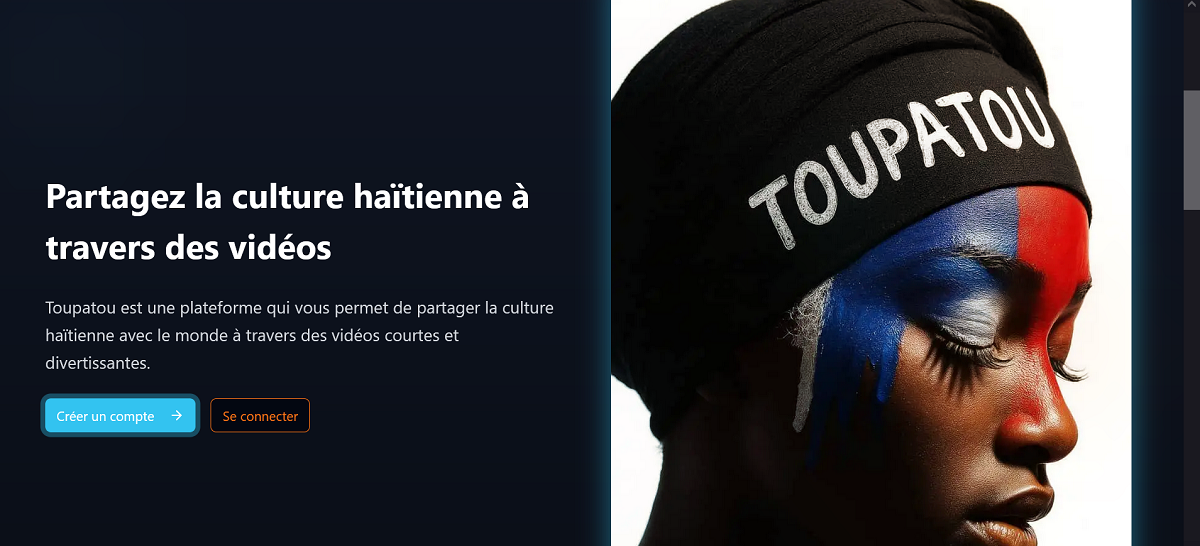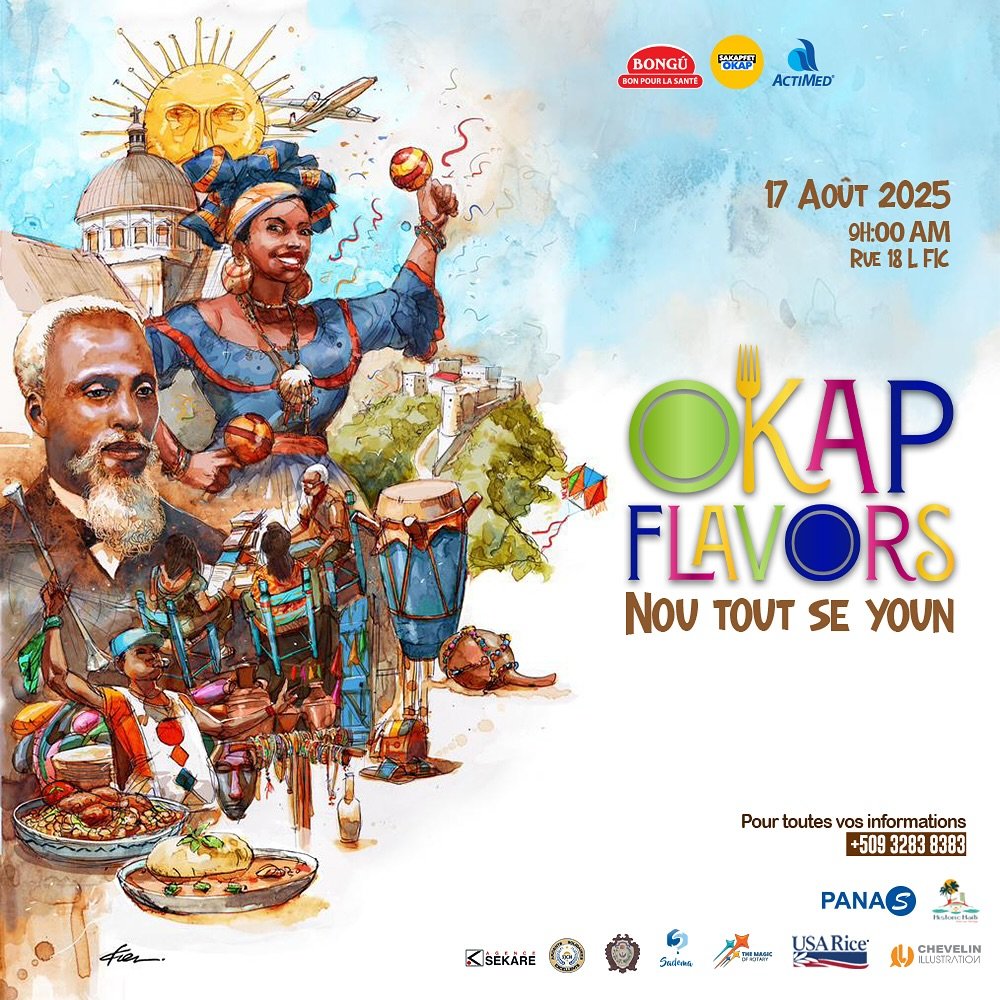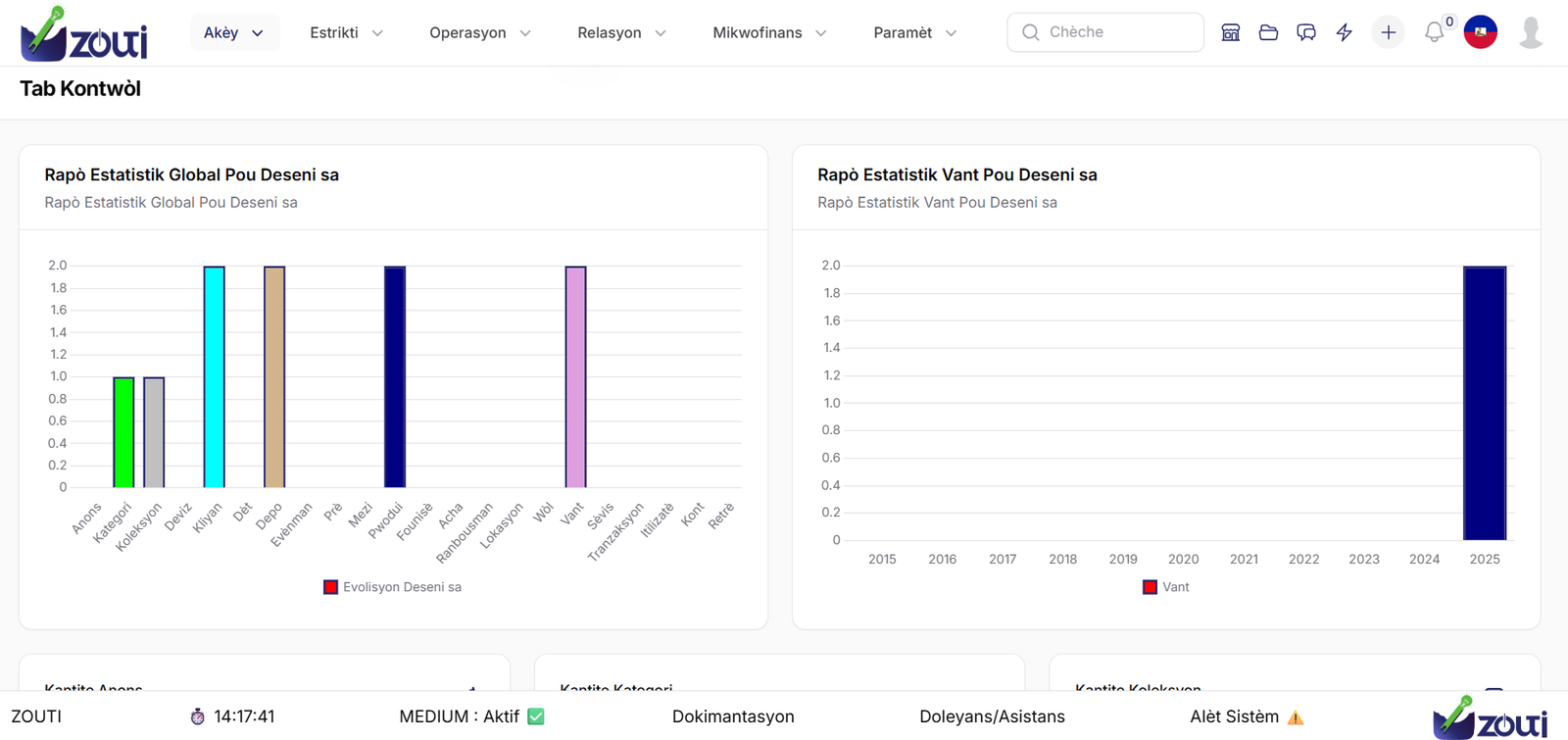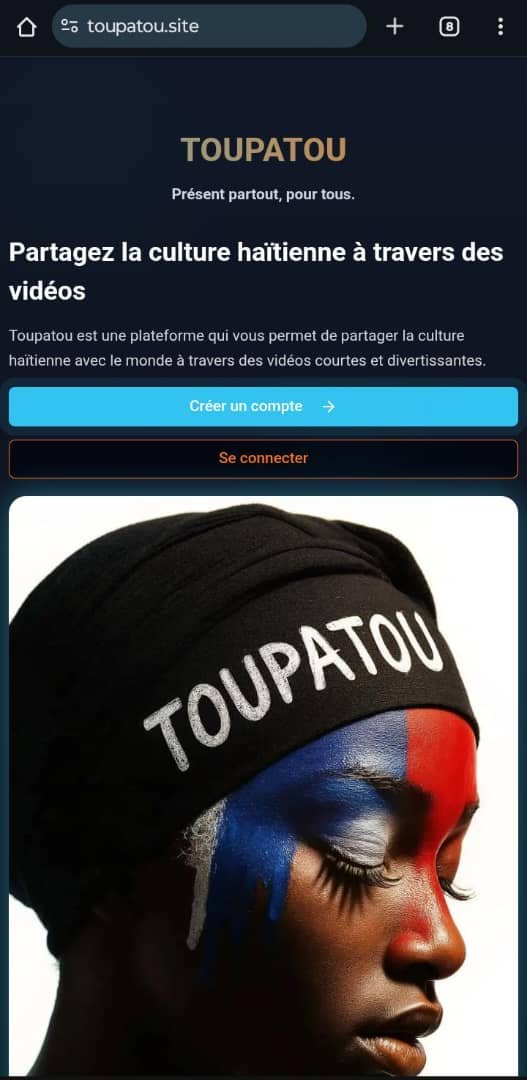L’indépendance d’Haïti, proclamée le 1er janvier 1804, marque un tournant majeur dans l’histoire mondiale. Première république noire indépendante, Haïti a posé les bases d’un héritage exceptionnel, forgé par la lutte pour la liberté, la dignité et l’égalité. Ce legs va bien au-delà des frontières de cette nation insulaire, influençant des générations et inspirant des mouvements partout dans le monde.
Un symbole universel de liberté
La naissance d’Haïti est avant tout un triomphe contre l’esclavage, l’oppression et le colonialisme.
- La première république noire : Haïti a prouvé que les peuples opprimés pouvaient se libérer et établir leur propre destin.
- Un exemple mondial : La révolution haïtienne a inspiré d’autres mouvements d’émancipation en Amérique latine, en Afrique et même aux États-Unis.
- Une déclaration d’humanité : En refusant le système esclavagiste, Haïti a affirmé haut et fort que tous les êtres humains sont égaux et libres.
Les défis après l’indépendance
Cependant, ce chemin vers la liberté a eu un coût. Haïti a dû affronter des défis immenses pour préserver son indépendance.
- La dette d’indépendance : En 1825, Haïti a été contrainte de payer une indemnité exorbitante à la France en échange de la reconnaissance officielle de son indépendance. Cette dette a lourdement pesé sur l’économie du pays.
- L’isolement international : Craignant que l’exemple haïtien n’encourage d’autres révoltes d’esclaves, de nombreuses nations ont boycotté Haïti, ralentissant son développement.
- Une construction nationale complexe : L’absence d’expérience gouvernementale et les divisions internes ont compliqué la consolidation de la jeune république.
Un héritage culturel et identitaire puissant
Malgré ces obstacles, le peuple haïtien a su préserver et enrichir son héritage.
- Une culture vibrante : Haïti est reconnu pour son art, sa musique, sa littérature et ses traditions uniques, fusionnant les influences africaines, européennes et autochtones.
- Une fierté identitaire : L’indépendance a façonné une identité nationale forte, centrée sur la résilience et l’autodétermination.
- Un exemple pour la diaspora : Les Haïtiens du monde entier continuent de porter haut les valeurs de leur nation, contribuant à enrichir les communautés où ils s’installent.
Un message pour l’humanité
Le legs de la fondation d’Haïti ne se limite pas à son territoire.
- Un appel à la justice sociale : Haïti rappelle l’importance de lutter contre l’injustice et les inégalités, un message toujours pertinent aujourd’hui.
- Un modèle de résilience : Malgré les adversités, Haïti demeure un exemple de courage et de ténacité pour le monde entier.
- Un symbole de dignité : Haïti incarne le droit universel à l’autodétermination et au respect des droits humains.
Préserver l’héritage, bâtir l’avenir
Le passé glorieux d’Haïti est une source d’inspiration, mais il sert aussi de fondement pour construire un avenir meilleur.
- Investir dans l’éducation : La transmission de l’histoire et des valeurs d’Haïti est essentielle pour les générations futures.
- Renforcer les institutions : Consolider la démocratie et les infrastructures est indispensable pour honorer l’héritage des fondateurs.
- Valoriser les richesses culturelles : L’art et la culture d’Haïti doivent continuer de rayonner à travers le monde.
Un héritage impérissable
Le legs de la fondation d’Haïti transcende les frontières du temps et de l’espace. Il nous rappelle que la lutte pour la liberté, l’égalité et la dignité humaine est un combat universel.
En honorant l’histoire d’Haïti, nous célébrons la capacité de l’humanité à surmonter les épreuves les plus dures pour bâtir un monde meilleur. Aujourd’hui, Haïti reste un phare d’espoir et de fierté, portant en elle l’âme d’une révolution qui a changé le cours de l’histoire.
Et vous, que représente Haïti pour vous ? Partagez vos pensées et laissez-vous inspirer par cet héritage extraordinaire.





